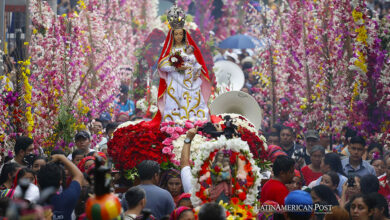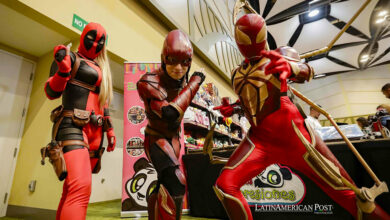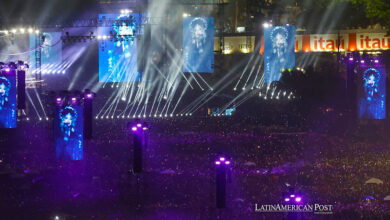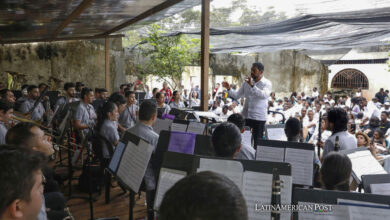Dance Troupes Unite in Bolivia to Celebrate Latin American Cultures

This year’s ‘Encounter Between Cultures’ festival will see dance groups from Argentina, Ecuador, and Bolivia performing in two Bolivian cities, aiming to foster cultural ties through the universal language of dance, as announced by the Argentine Embassy in Bolivia.
A vibrant cultural exchange is set to unfold in Bolivia as dance groups from Argentina, Ecuador, and Bolivia converge in Cochabamba and La Paz. Organized in partnership with the Ballet Folklórico de La Paz (Bafopaz) and supported by the Argentine Embassy, the second ‘Encounter Between Cultures’ aims to deepen the cultural connections among these diverse Latin American nations through the expressive art of dance.
Celebrating Diversity: Opening Remarks
The festival, heralded this Monday by Germán López, the cultural attaché of the Argentine Embassy, celebrates the rich tapestry of regional dances that define and distinguish each participating country. “It is an honor for us to engage with Bolivian culture through dance,” López stated during a press conference, highlighting the importance of cultural diplomacy.
This year, the event will feature distinguished guests such as the Ballet Latinoamericano de Santiago del Estero from Argentina and the Ballet’ Centro Cultural Tradi Arte’ from Ecuador. These groups will perform alongside Bafopaz, La Paz’s premier institution for folkloric dance training, showcasing a program that promises to captivate and educate audiences about the traditions and stories of their respective cultures.
The Argentine troupe is set to perform the chacarera, a lively traditional dance from the Santiago del Estero region, which has also found a home in southern Bolivia, particularly in the Tarija department. Additionally, they will present the iconic tango, an emblematic expression of Argentine culture known worldwide. From Ecuador, the dancers will bring performances of Amazonian dances, offering a glimpse into the rich heritage of Ecuador’s indigenous communities.
Salar de Uyuni: A Breathtaking Stage
The festival starts with the dancers stopping at the Salar de Uyuni, the vast salt flat that spans 10,580 square kilometers in Bolivia’s Potosí region. This breathtaking natural wonder will serve as a unique backdrop for the initial performances, blending the beauty of nature with the artistry of dance.
Following this picturesque opening, the groups will continue their leading performances. Three gala events are scheduled: one in Cochabamba’s Teatro Achá on May 2 and two nights at the Teatro Municipal Alberto Saavedra Pérez in La Paz on May 4 and 5. These venues, known for their historical significance and architectural beauty, will provide the perfect setting for the evenings of cultural celebration.
In addition to the performances, the ‘Encounter Between Cultures’ will also feature dance workshops and exhibitions of typical foods from Argentina and Ecuador, allowing attendees to engage more deeply with the cultures represented. These workshops offer a hands-on opportunity for local dancers and the general public to learn directly from visiting performers, fostering an environment of mutual respect and learning.
The festival highlights the diverse cultural landscapes of Argentina, Ecuador, and Bolivia and underscores the importance of cultural exchange in building bridges between nations. Through dance, a medium that transcends linguistic barriers, the event celebrates shared histories and common futures, encouraging a deeper understanding and appreciation among the people of these countries.
The choice of Bolivia as the host country for this event is particularly poignant, given its rich indigenous heritage and vibrant cultural scene. These make Bolivia a fitting stage for showcasing the region’s traditional and contemporary dances.
Preserving Heritage in a Globalized World
As Latin America continues to navigate the complexities of globalization, events like the ‘Encounter Between Cultures’ play a crucial role in preserving and promoting its nations’ rich cultural heritages. By bringing together artists and audiences from across the continent, the festival not only entertains but also educates, ensuring that traditional arts continue to thrive in the modern world.
Also read: Carnival with Andean Flair as Bolivian Community Celebrates Cultural Pride in São Paulo
Overall, the ‘Encounter Between Cultures’ stands as a testament to the power of cultural diplomacy and the arts as a means to unite people, fostering a sense of community and shared identity that is essential for Latin America’s social and cultural prosperity.




